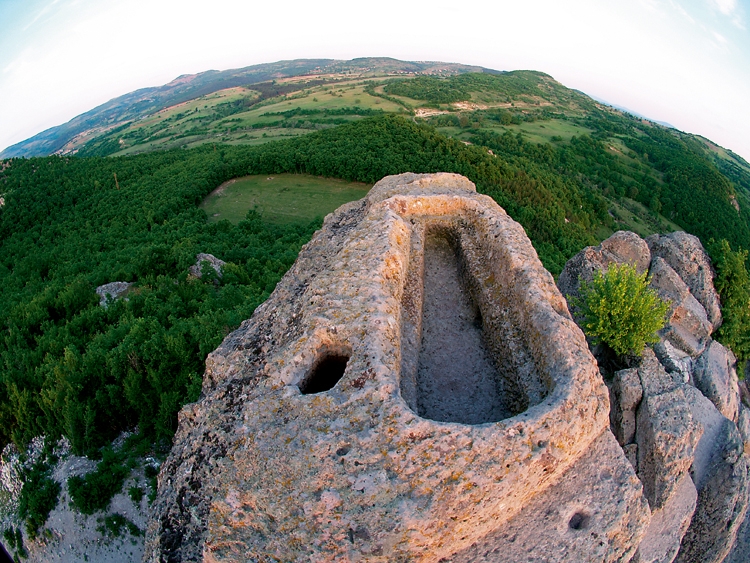The Thracians And Their Megalithic Fortresses
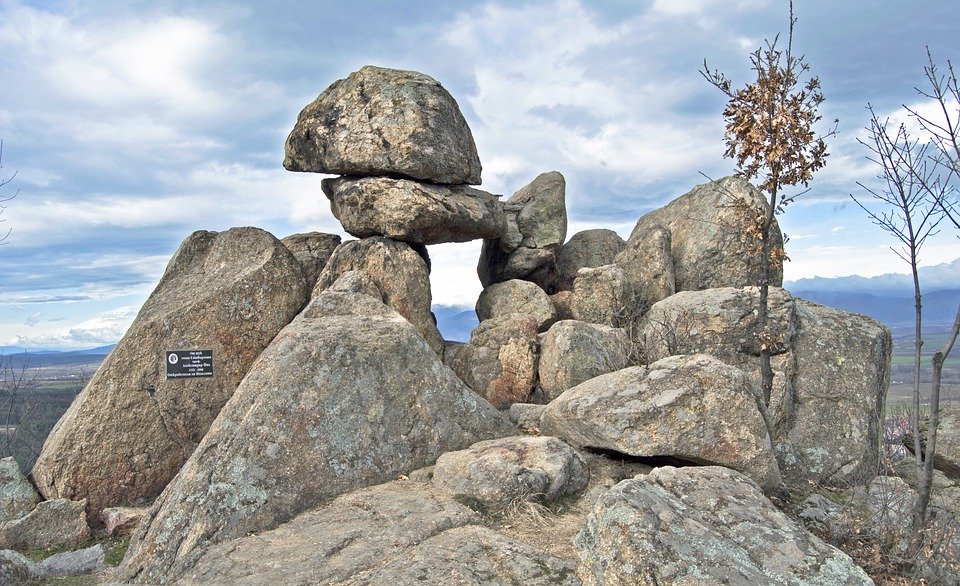
The Thracians were an enigmatic and still quite obscure civilization that left megalithic structures and fortresses scattered throughout the territory of present-day Bulgaria.
They were an Indo-European population historically settled in the southeastern extremity of the Balkan peninsula, in a region that took its name from them (Thrace, roughly corresponding to today’s southern Bulgaria, European Turkey, and northeastern Greece) and in some adjacent areas, expanding north to the lower reaches of the Danube.
They thrived in these areas starting from the second millennia BCE and were described by Herodotus as numerous people, second only to the Indians.
He maintained that they also were the most powerful, stating that the set of lands they controlled would have been a vast empire if they had been united.
However, the Thracians were divided into many groups and tribes; only in some cases, some sovereigns succeeded, for short periods, in uniting these peoples.
Josephus considers the biblical character Tiras, son of Jafet, founder of the Thracians: “Tiras gave those who ruled the name of Tirasians, but the Greeks changed the name to Thracians”.
Peperikon
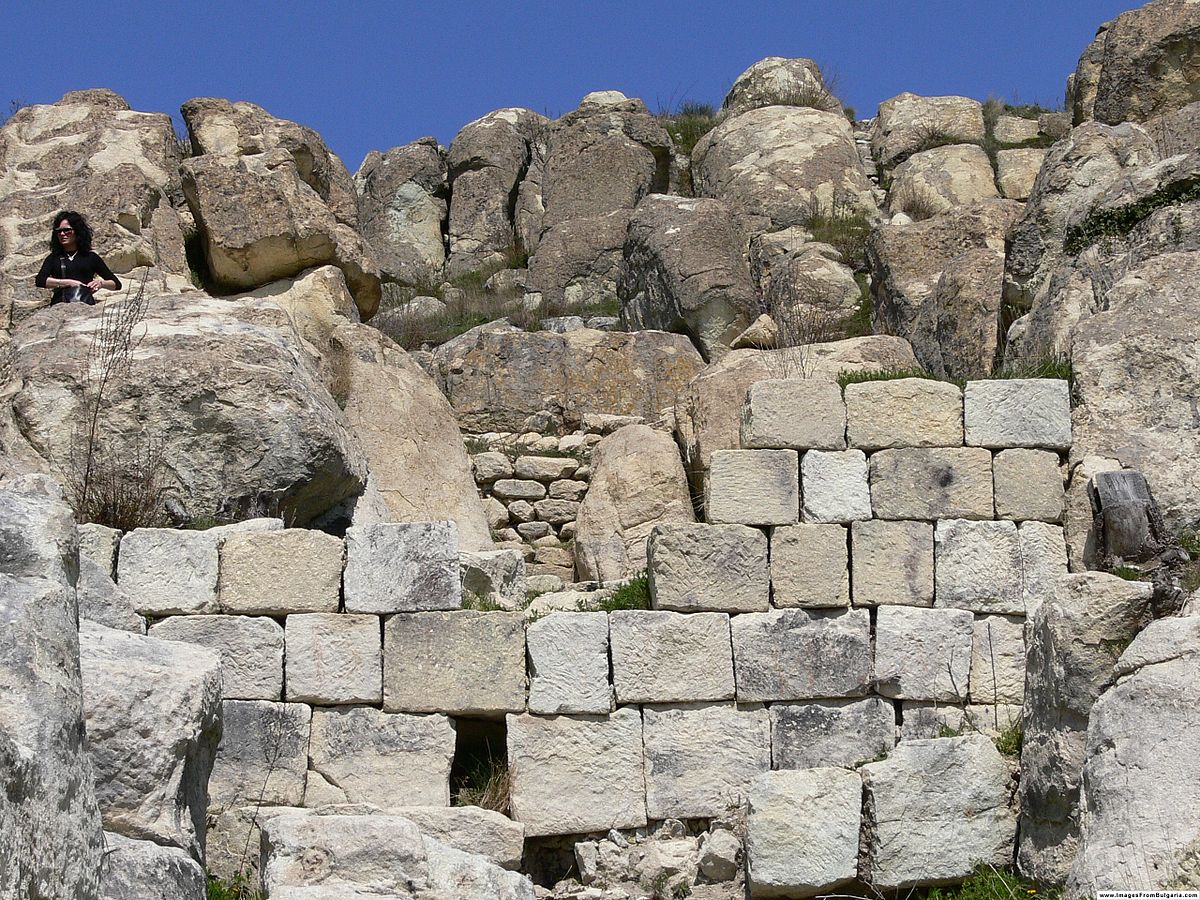
One of their most famous settlements was the city of Perperikon, the largest megalithic complex in the Balkan peninsula and known throughout the world as the Bulgarian Machu Picchu.
Located on top of a high hill in the Eastern Rhodope Mountains and carved into its rocky cliffs, Perperikon is built in a place that was believed to be sacred.
Archaeological finds show that it was inhabited as early as the 6th millennium BC, during the Neolithic, and was probably used as a sanctuary. Some historians believe that Perperikon is the location of the ancient temple of Dionysius mentioned in numerous ancient Greek texts.
After a long and turbulent history in the hands of the Thracians, the Byzantines, and the Bulgarians, it was finally razed to the ground by the Ottoman Turkish invaders in the mid-14th century.
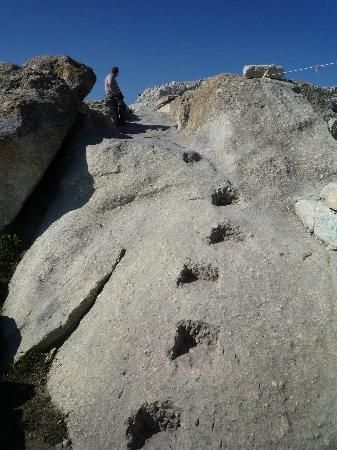
While advanced metalworkers, the Thracians were typically not city builders, preferring to live in villages instead, which makes Perperikon’s size and structure even more impressive.
What remains of the settlement are numerous buildings, roads, a water supply system, structures used for ritual purposes, such as a roofless oval hall that was used for divination, an altar, vats used for winemaking, and the tombs of rulers who were buried in the city during its golden days.
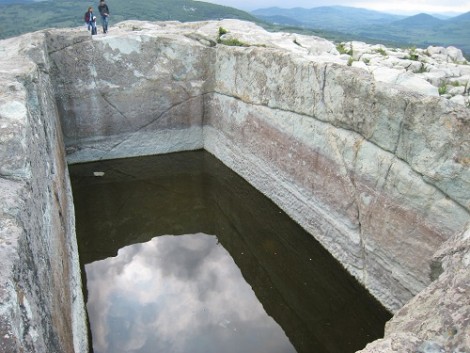
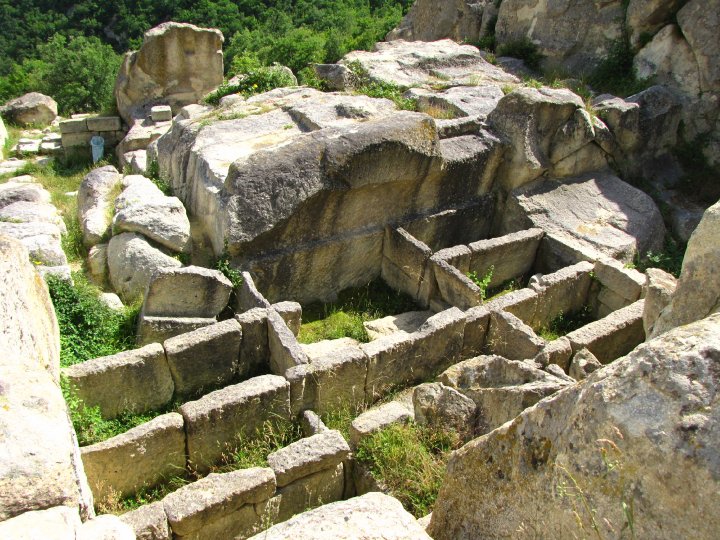
Tatul
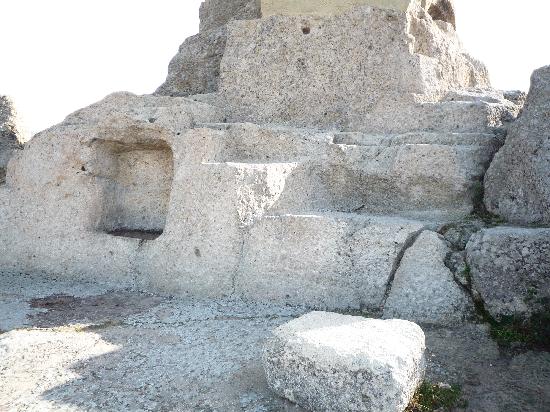
The Thracian sanctuary of Tatul is considered to be one of the most fascinating and puzzling megalithic complexes in Bulgaria. The sanctuary itself is hand-carved in a rocky massif and the part of it that serves as a tomb has the shape of a flat-topped pyramid, the only one of its kind in the country. The numerous objects found in the sanctuary date back to different periods of time – from the Copper Age to the Middle Ages, which means that it has probably been continuously used over a period of 5,000 years.
